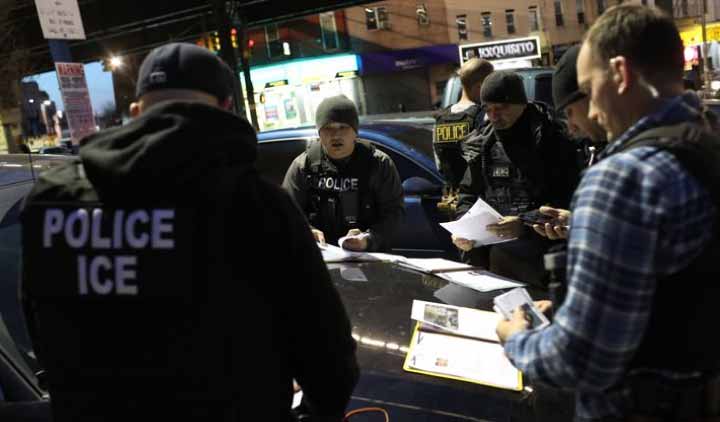As the weather in the summer has gotten hotter and hotter, the government has been offering a quick solution – ICE (Immigration & Customs Enforcement). In June and July 2019, ICE has served over 3,000 Form I-9 Notices of Inspection (NOI) on employers nationwide. However, this ICE does not cool down employers; rather, it turns up the heat. The service of these NOIs is similar to the one week in July 2018 when ICE served 2,738 NOIs on employers.
Presumably because ICE had insufficient number of auditors to handle the NOIs delivered in July 2018 (I am still awaiting the results on an I-9 audit of a 33 man workforce a year after the I-9 forms were provided and another audit took 10 months to issue a Notice of Intent to Fine), ICE has received an additional $6.5 million to hire new 27 Junior Compliance Officers, some of whom will be staffing four new Homeland Security Investigation, offices in Kansas City, Charlotte/Charleston, Las Vegas, and Nashville/Louisville.
HIGH QUALITY OPT CANDIDATES RESUMES DATABASE IN USA
So, what should an employer do after it receives a NOI/subpoena? Knowing the answer to this question will save an employer valuable time in responding to ICE.
In most cases, two or more ICE agents will hand-deliver a “Notice of Inspection” and subpoena to the employer demanding to inspect certain records. Although the employer is provided three business days to produce its I-9 forms and supporting documentation, an employer may request a short extension of time, a week or less. Often such extensions are granted. The employer may waive the three-day period; however, this should never be done.
Immediately after delivery of ICE NOI/subpoena, an employer should contact its legal counsel, who should immediately locate an immigration compliance/work-site enforcement attorney. It is vital that the employer retain an attorney with experience in immigration compliance/work-site enforcement. I have witnessed too many employers wait until after the I-9 forms are provided to retain appropriate counsel with the experience to deal with I-9 forms and ICE.
Between delivery of NOI and deadline to provide the I-9 forms, the employer, under the direction of the immigration compliance attorney should review I-9 forms to determine if the I-9 forms can be remediated. This remediation process can be the difference between being assessed a hefty fine or receiving a warning notice. If it is determined certain employees may not be authorized for employment, the employer should quickly investigate the matter. If the investigation shows unauthorized status, the employer should discharge those employees.
On the designated day, an ICE agent may pick up the subpoenaed documents or an employer may be required to present them at a local ICE office. Remember to copy all documents before turning them over to ICE. During the delivery, the employer’s representative should be cautioned that the ICE agent may attempt to ask questions. If this occurs, the employer’s representative should call their legal counsel, who can be present for any questions. Alternatively, counsel may deliver the documents. Either way, the ICE agent is unlikely to ask any questions if counsel is present in person or by phone.
At the conclusion of the audit, ICE may issue a Notice of Intent to Fine (NIF) setting forth the substantive violations, uncorrected technical violations and any knowingly hired/employed unauthorized workers. Alternatively, ICE may provide a Waring notice or Notification of Inspection Results, if an employer is fully compliant (no errors shown in the audit).
After the issuance of a NIF, an employer has 30 days to contest the fine through requesting a hearing before OCAHO. At this point, employer’s counsel can negotiate a lower amount of fine by asserting ICE errors, statute of limitations for timeliness violations, grandfathered employees not subject to I-9 form requirement, and other defenses. This may take many months based on my experience. If no settlement is reached, then the case will be litigated before OCAHO. Employers on average receive 25% to 35% reduction in penalties.
Source: – https://bit.ly/32aHmtU
Disclaimer: – https://bit.ly/2S00nLJ
SUBSCRIBE TO OUR LATEST UPDATES
[newsletter_signup_form id=1]

